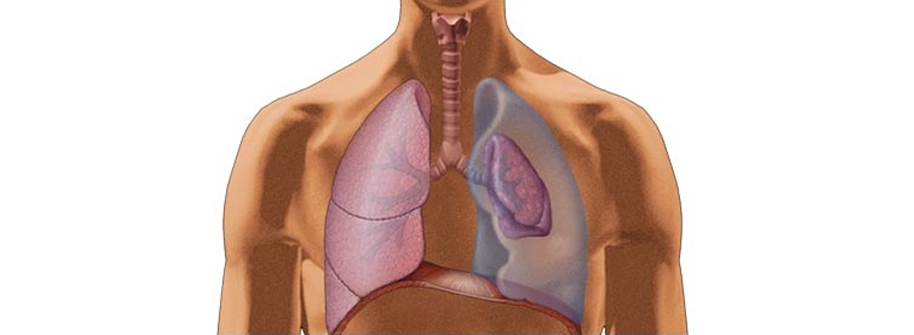Spontaneous Pneumothorax: Causes, Symptoms and Treatment.
In this article, we will examine what spontaneous pneumothorax is, its causes, symptoms and treatment options.

Spontaneous pneumothorax is an important issue related to lung health and is a condition that can occur suddenly. In this article, we will examine what spontaneous pneumothorax is, its causes, symptoms and treatment options.
What is Spontaneous Pneumothorax?
Spontaneous pneumothorax is the accumulation of air in the chest cavity as a result of perforation of the lung membrane. This condition often occurs due to trauma or certain health problems.
Reasons:
The cause of spontaneous pneumothorax is the rupture of the small air sacs that develop at the upper ends of the lung membrane and the air taken out of the lung escapes. Air sacs are usually structural developments in tall people. In addition, larger air sacs of the lung membrane, called bullous emphysema, caused by heavy smoking, often cause pneumothorax. Traumatic causes occur when the lung is punctured by cutting tools or when the lung bursts as a result of compression in blunt trauma.
Symptoms:
Spontaneous pneumothorax most commonly causes chest pain and shortness of breath. Patients are referred to the emergency room with sudden onset of unilateral chest pain accompanied by shortness of breath, narrowing and obstruction.
Diagnosis:
Spontaneous pneumothorax is most commonly diagnosed on a chest x-ray. Therefore, it is important to take x-rays for patients with these complaints. When there is doubt on x-ray, a definitive diagnosis is made with chest computed tomography.
Treatment Options:
The first treatment of spontaneous pneumothorax is to establish a drainage system that allows the air accumulated in the chest to be evacuated. For this purpose, a chest drain is placed in the chest between the ribs after numbing the area with local anesthesia under sterile conditions and connected to an underwater bottle. After the chest tube is inserted, the air leak is expected to close on its own within a certain period of time. If it does not, the air leak is closed with Robotic surgery and VATS methods, which are closed methods. The possibility of recurrence of disease in patients who undergo surgery is almost completely eliminated.
Prevention:
In order to prevent pneumothorax due to bullous emphysema, especially in older ages, it is important not to use cigarettes or similar substances or to quit if used. Spontaneous pneumothorax disease tends to recur even if it improves with treatment with a chest tube. Therefore, the risk of recurrence is reduced to 1-2% with surgical treatment for patients who have had 2 or more pneumothorax.
Spontaneous pneumothorax is a serious condition related to lung health. In case of any doubt, it is important to contact a healthcare professional.